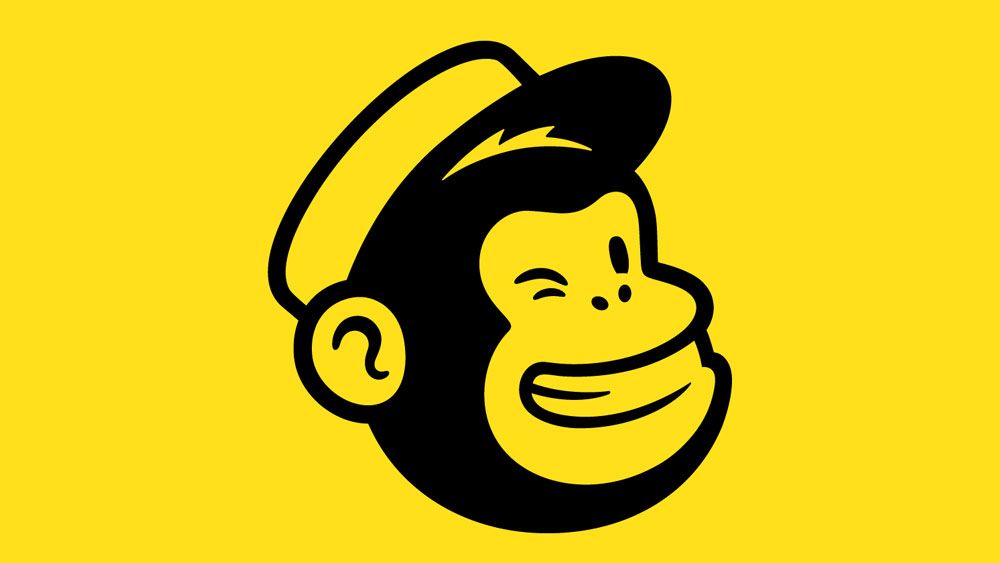Economists predict a 70% chance of downturn this year and banks are heatedly debating if or when a recession will hit us. We’ve previously explored how the tech industry is resilient against a financial crisis but with a potential slump on the way we’ve decided to do a follow up. We’ll be examining some tech companies that have thrived during hard times and identify the key actions they took to transform failure into success.
Mailchimp
In the aftermath of the Great Recession, many businesses were damaged, notably SMEs, and Mailchimp’s co-founder realised people needed help urgently - leading to the birth of the freemium model. An option that previously was out of the question was now at the heart of Mailchimp’s business model. The founder’s scepticism was valid considering the context – offering a free version seemed to open the opportunity for exploitation- the worst thing that could happen in economic downturn. But the risk paid off, they skyrocketed from 10,000 to 1 million users in the first year, and these numbers only continued to double. Mailchimp managed to transform their paid plans into exclusivity. Their free version allowed a business to have up to 2000 contacts and once you exceeded that amount you had to join their paid plan. But this didn’t deter businesses, in fact it became a positive milestone, proof of their growth. Users even shared on social media that they had become a proud “paying Mailchimp member”.

Their success wasn’t purely down to the freemium model alone, Mailchimp invested their money into branding. After watching a Superbowl commercial the co-founder noticed a lot of chimps and decided they must be an animal that people loved. Their bold yellow theme and iconic chimp logo are hard to forget and cuts through the crowd.
Netflix
Netflix is a great example of innovation during a financial crisis and adapting to the times. As public spending decreased, the entertainment industry took a hit and Blockbuster was facing the pressure. Before Netflix’s streaming service, they mimicked Blockbuster’s rental model. However, they had two main factors that separated them: The low cost and the convenience of the postal delivery – very appealing to the 2008 market. Their popularity forced Blockbuster to make a change to its business model, but it wasn’t enough to compete with Netflix. Whilst Blockbuster’s stock fell by over half in shares, Netflix’s only continued to rise and has transformed into the global streaming service we all know and love today.
iRobot
iRobot emerged in the economic downturn of the 1990’s and initially launched their electronics to the children’s market. It wasn’t a major victory, but the co-founder decided it was enough success to try other industries. They began partnering with Johnson Wax with the aim to develop robots that would clean large warehouses. Again, it wasn’t popular commercially, but they were still not discouraged. It inspired them to create a scaled down version named the Roomba - an autonomous mini vacuum. Japan was an attractive market, being one of the most technologically advanced but they didn’t know how to break through on their own. They partnered with a Japanese distributor SODC, who pointed out that the image of their product needed to be flawless to succeed in the Japanese market – something they hadn’t considered. Their partnership subverted the conventional relationship between a manufacturer and distributor, through their co-creativity. The Head of SODC contributed massively, consistently pitching ideas to improve the product. He suggested to connect the product to the internet, and it propelled into success. iRobot is now worth $1.3 billion.
WhatsApp is another business that has grown significantly by using the freemium model. For the first-year users were able to message for free on the app and after that they were charged £0.99 annually. The low cost compared to pricey mobile plans meant WhatsApp became a great alternative for people who sent a lot of text messages. With no other company offering the same service at such a low price, the business flourished, and Facebook acquired WhatsApp for $19 billion in 2014.
Takeaways
The general advice to ambitious businesses is to be bold, take risks and stand out from the crowd. But applying this advice can be a lot harder in practice. We’ve outlined some key takeaways from the actions the companies took to drive their business into global success.